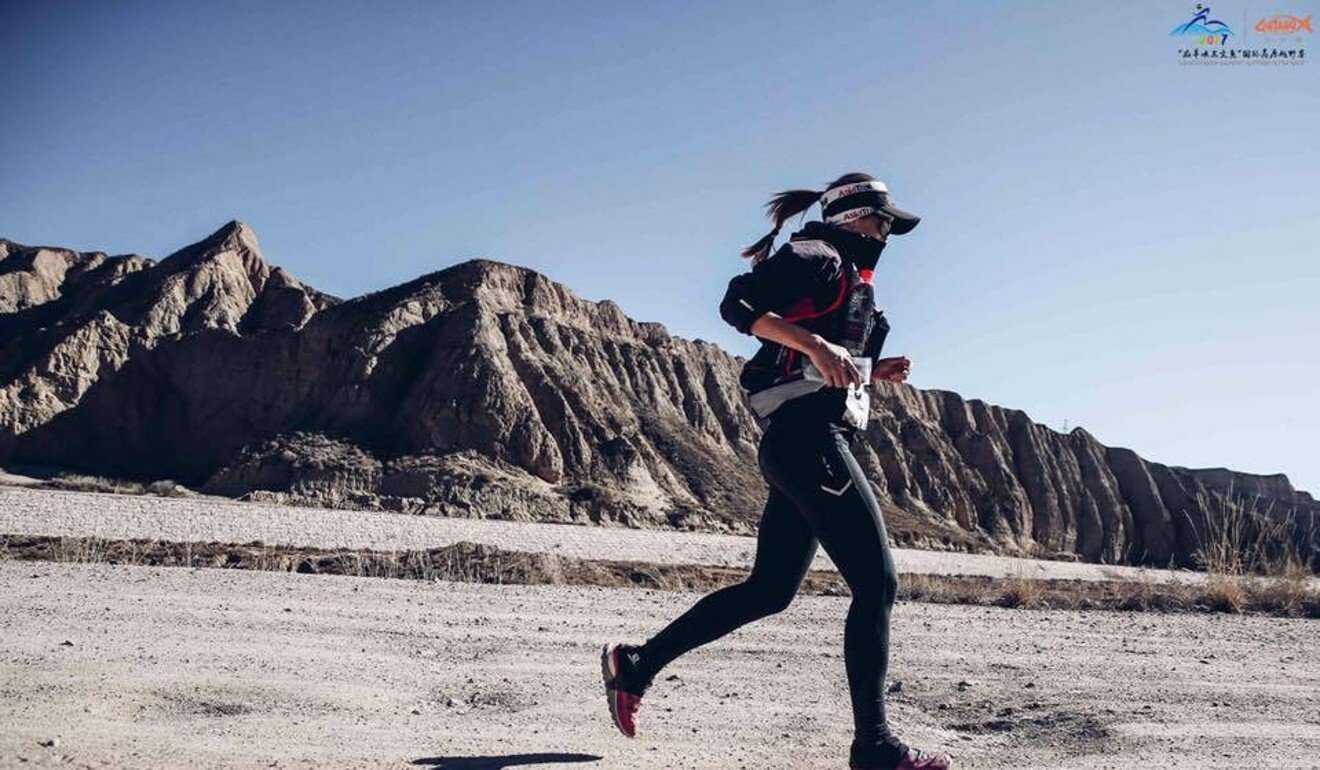
How to plan for your trail race day, from pacing to nutrition, gear and checkpoints
- The most efficient way to run a trail or ultra race is to have a detailed plan of your day, including your pace and resting spots
Having a detailed plan can be the difference between finishing and dropping out of a trail or ultra race, and is the most efficient way to nail your time goals.
Creating a plan is low-hanging fruit to make you a far more efficient racer and can give you an added boost on top of your training and fitness.
Know the course
This is the best planning you can do. It will dictate your pacing plan and help you prepare mentally beforehand, and during the race as you approach long climbs.
How to get the most out of your trail race recce
The best way to know the course is to do recces. Do your training sessions on the course. Better yet, do the sessions at the same time you expect to be on that section of the course, for example at night.
It is not always possible if you do not live nearby. Study the course map, read blogs and watch YouTube videos of others who have run it before. If you know someone who has run it, talk to them. Sometimes the course maps and profiles can be misleading and particular sections are far steeper than they appeared on the profile.
Pace
Have a time in mind and work back from there. Divide the course up by each checkpoint and work out what pace you will need to achieve your goal by setting an arrival time at each one. Most importantly, stick to it. You have this pace plan for a reason, so do not be sucked into a sprint in the first few kilometres as everyone speeds off, fuelled by adrenaline.
Your pace plan is personal to you, and should be based on your current fitness and past experience. If you have trouble thinking of one, running coaches are always on hand to chat.

Checkpoints, breaks and rewards
When you enter a checkpoint, it is easy to let time slip by. Just 10 minutes here and there does not sound like much, but over the course of 10 checkpoints, you lose a lot of time. Get in and out quickly by planning ahead on what you will do in each. When you will fill water, eat, sit for three minutes, and when you will have food or larger meals.
Identify specific checkpoints for longer breaks and sit down knowing you have given yourself a guilt-free 10 minutes if you need it. Reward yourself at these significant checkpoints – they can come in the form of specific food or drinks, changing socks or even brushing your teeth. Never underestimate the rejuvenating power of brushing your teeth.
Kit and food
Whenever you train, use the kit you will use on race day. A rucksack, for example, can feel fine in the shop but after hours of running it can rub. Train with it so it softens and you get used to it (or buy a new one if the problem persists).
The same goes for food. Try out different foods that you could use on race day, see how your body reacts, then pick your menu and train using those foods. Also, eat the amount you plan for race day. In training, few people take on the calories they need, then cannot understand why they feel sick as they try to cram food in on the final section.

